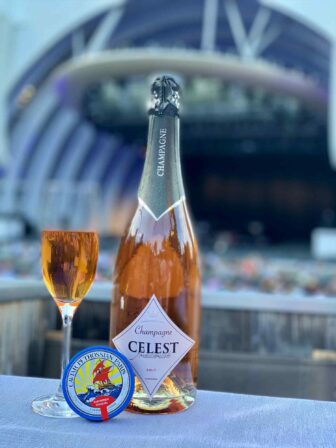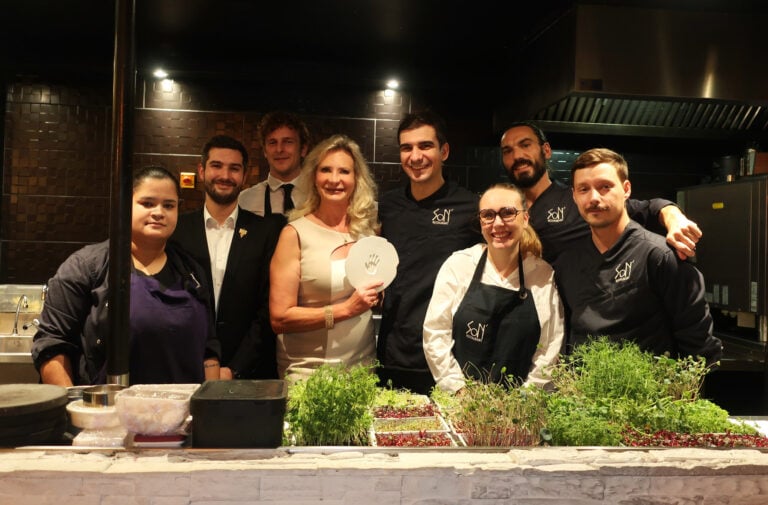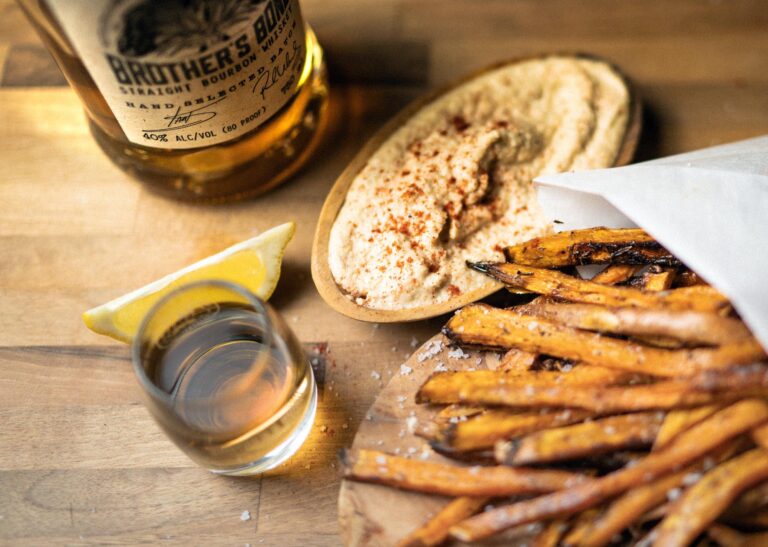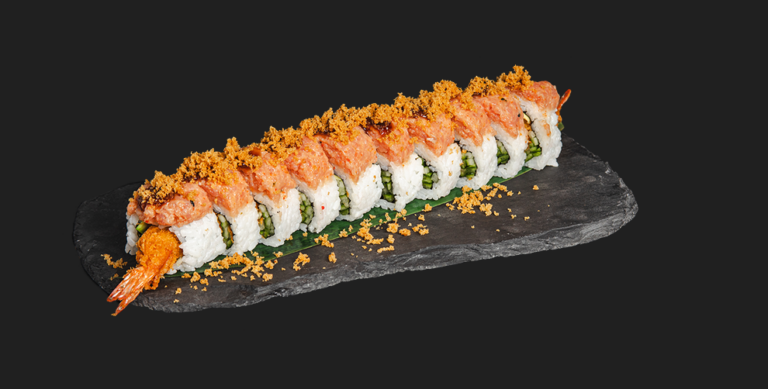All About Caviar
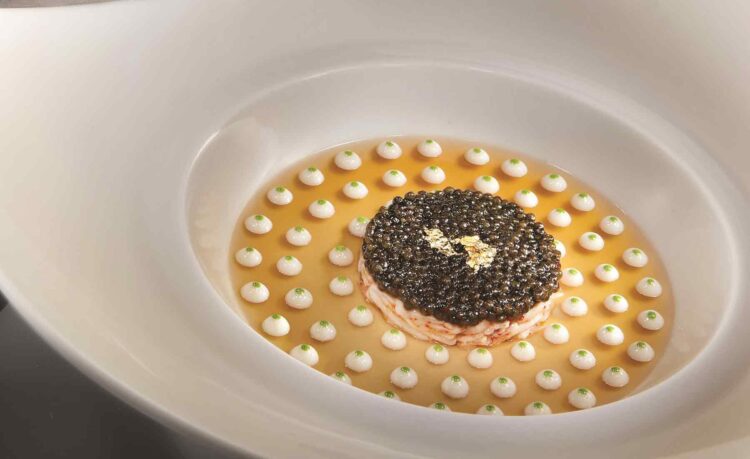
Caviar: Drops of Pure Delight
The drama and culinary delight of caviar has always been synonymous with luxury, and is a favorite for many chefs.
> Watch our exclusive video interview with chef José Andrés, GAYOT’s 2017 Restaurateur of the Year, talking about caviar.
Here’s what you should know before indulging in a box of the precious black pearls, especially if your budget is not the one of a king.
• Caviar is celebrated in America on July 18h, which is National Caviar Day.
The Basics of Caviar
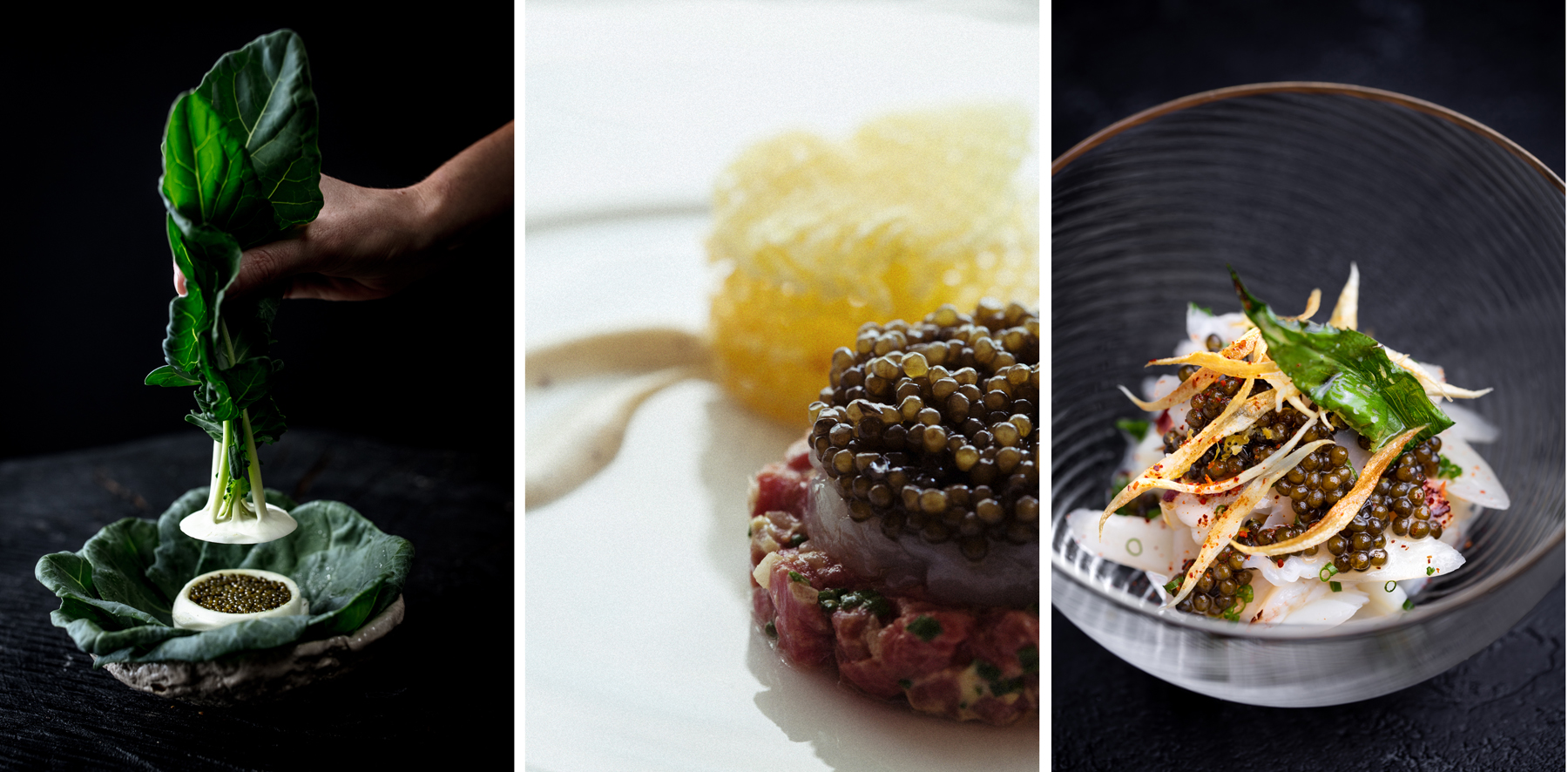
To carry the name, Champagne must come from a specific region of France. To earn its name, caviar must come from one of twenty seven sturgeon breeds. (There are great sparkling wines that are not “Champagne,” and there are great fish roes that are not “caviar,” but provide an enjoyable facsimile.)
Sturgeon caviars share certain flavor characteristics across the breeds (varietals); a taste of the sea similar to the juice of a perfectly fresh oyster, a taste of brine, and occasionally a metallic finish. Varietal flavors differ fish by fish and tin by tin. Each fish’s diet, environment, maturity and time of harvest affect the flavor and texture of the eggs. How quickly the eggs are processed, how much salt is used, and how they are cured affect the product.
Why is it (so) expensive? For the female sturgeon’s eggs to be considered as caviar, the fish has to be at least seven years old. And depending on the species, it takes eight to twenty five years for the perfect maturation. After the extraction, the refinement is between six to ten months, requiring meticulous manipulations.
Caviar is graded by a combination of size, color, texture and odor. Some brands pasteurize their caviar, making it cheaper and a longer keep. But you don’t get the “pop” when in your mouth, it becomes crunchy and loses some of the original flavors. The lighter the color of the finished roe, the more expensive. There is a huge difference in price, depending on how the fish was raised, and how long the caviar has been aged. Prices are usually given per ounce (30 grams).
Serving & Enjoying Caviar
Mother of pearl is the best way to serve caviar. Silver should not be used, as it passes on a metallic taint, but stainless steel, horn, wood and even plastic will do. Accouterments appear abundantly around caviar, perhaps to distract from the minutia of the main dish.
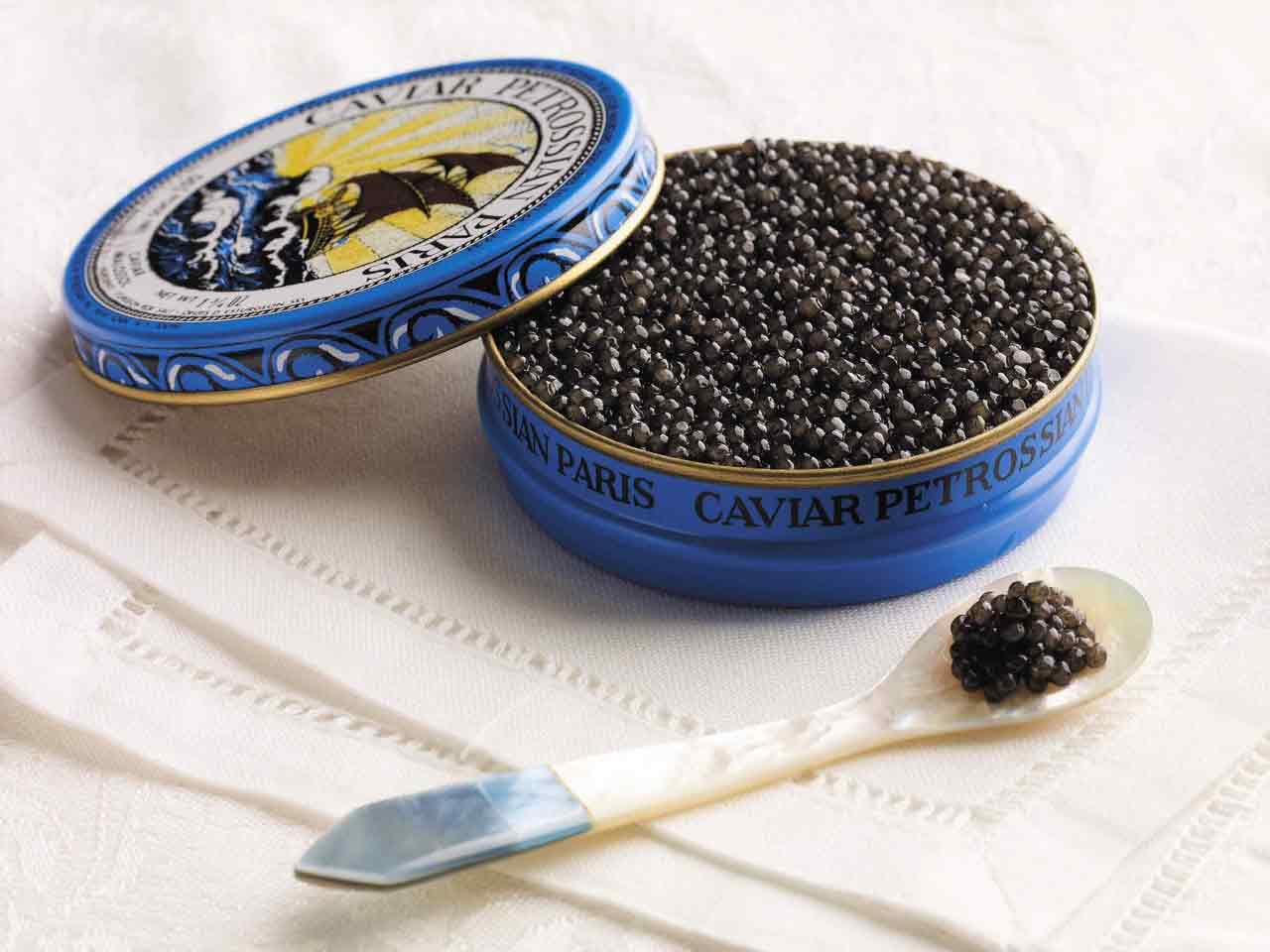
But to appreciate caviar’s distinct flavors, allow it to stand alone. A spoonful placed on your tongue and crushed against the roof of your mouth should deliver a firm pop and a delightful burst of flavors. Mushy or gooey texture indicates problems in processing or age. And lest you forget, caviar has long been considered an aphrodisiac, so keep that in mind if you’re planning a romantic culinary romp.
Caviar Varieties
Here are the main varieties.
• Beluga | The largest freshwater fish on earth produces the largest caviar. Ball-bearing-sized eggs from dark gray to black. It can attain over 5.5m (18 ft.) and 2,000 kg (4,400 lb). Currently illegal in the U.S., the Beluga is in danger of extinction. The flavors are creamy, buttery with a velvety finish. Sturgeon type: Huso Huso.
• Kaluga Huso Hybrid (related to Beluga) | Bred from a close cousin of the Beluga sturgeon, the golden bronze grains of Kaluga Huso Hybrid caviar are rapidly emerging as one of the world’s finest types of caviar. The flavors are creamy, buttery with a velvety finish. Sturgeon type: Huso Dauricus/Acipenser Shrenckii.
• Ossetra | The “Russian” or “Diamond” sturgeon’s eggs are the size of BBs. All the colors of camouflage, from brownish gray to dark olive. The roe is firm, juicy with intense sea flavors. Sturgeon type: Acipenser Gueldenstaedtii.
• Shassetra™ | This dark, rich caviar is distinctive for its deep hues of umber, ash and onyx. Full of flavors, the Shassetra™ is perfect to integrate when cooking. It pairs very well with meats, fish, sauces and pastas. Sturgeon type: Acipenser Schrenckii.
• Sevruga | The “Stellate” or “Starry” Sturgeon produces small “pinhead” black or dark gray eggs, and some connoisseurs prefer it to Beluga for the more intense flavors. It has a fresh and smooth taste. Sturgeon type: Acipenser Stellatus.
• Transmontanus | Produced by a White Sturgeon typically “graded” by size and color, more for appearance than flavor. Sturgeon type: Acipenser Transmontanus.
Caviar Pairings
Champagne and vodka are tradition-bound choices, but add little beyond ritual. We have an inclination for Champagne as it is more festive and has bubbles like caviar.
Saké pairs wonderfully as it should, once we remember that caviar is seafood. The sweetness of ice wines produces a wonderful offset to caviar’s salt.
Caviar Purveyors
Follow the links below for the official website of these fine caviar purveyors:
#1 Petrossian
Nobody can dispute what the Petrossian Family has brought to the world of caviar, since 1920. They have been at the top of the game since then. The home base is in France at the famous store in the 7th arrondissement of Paris. The grand-father of all.
– In New York, you can make your purchase at the boutique in the Theater District.
– In Los Angeles, you can make your purchase at the West Hollywood Boutique.
– In Orange County, CA, hidden within Tiffany at South Coast Plaza in Costa Mesa.
– Read about the opening of the West Hollywood boutique with Mayor Abbe Land.
#2 Kolikof
A California company. The family is of Russian descent.
#3 Tsar Nicoulai
A California company established in 1984.
#4 Marky’s
The only Beluga Hybrid farm in the U.S. A company established in 1983, and based in Miami, FL.
#5 Browne Trading
Based in Portland, OR, the company started in 1980 sourcing caviars from around the world.

